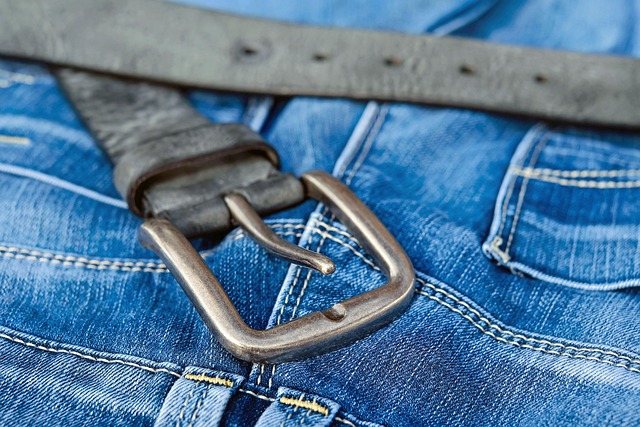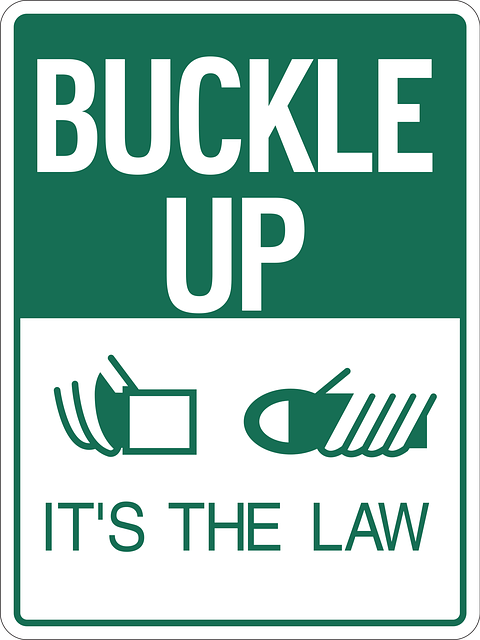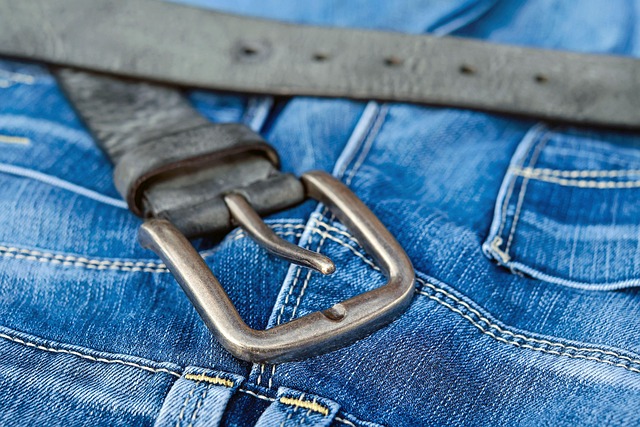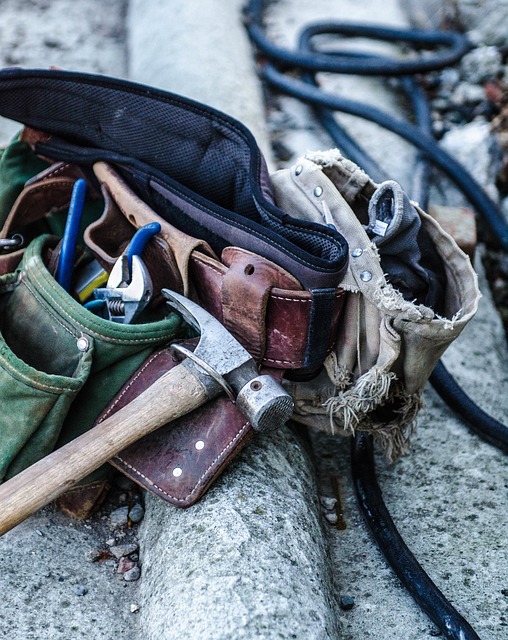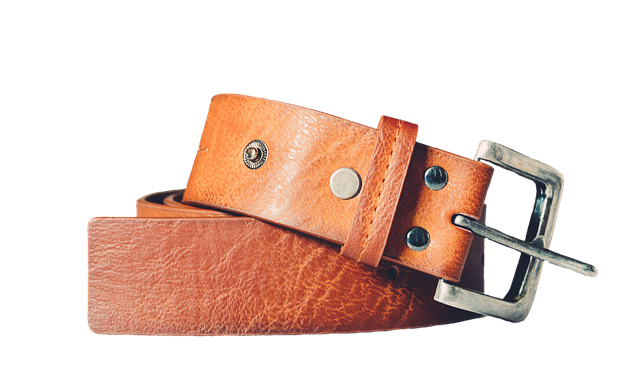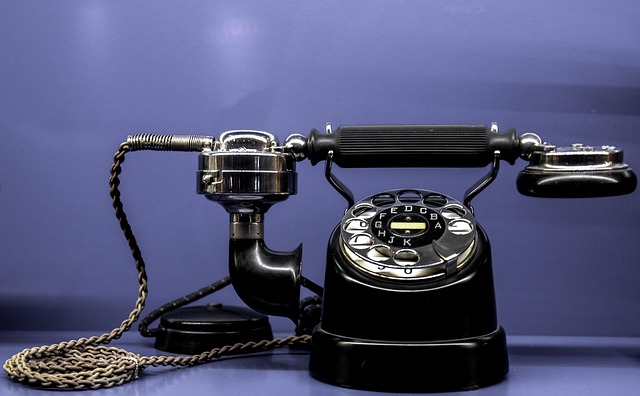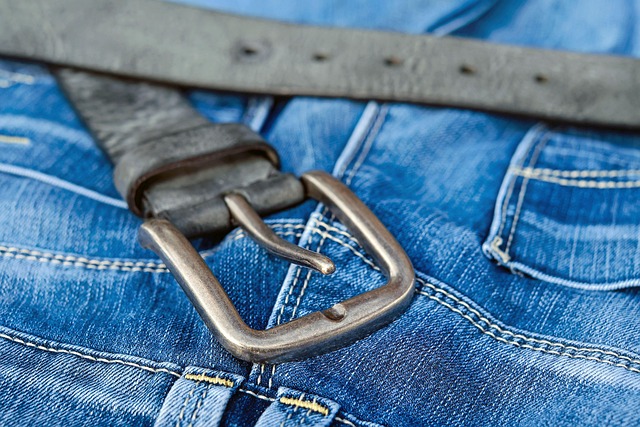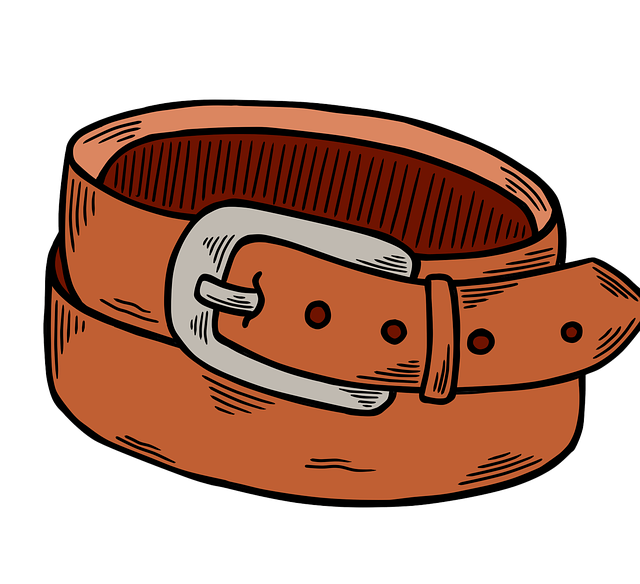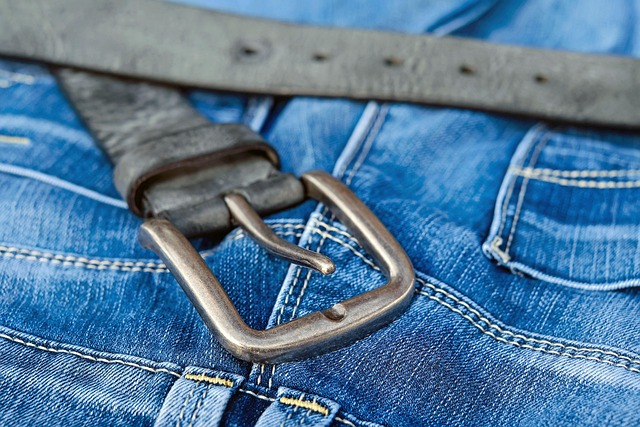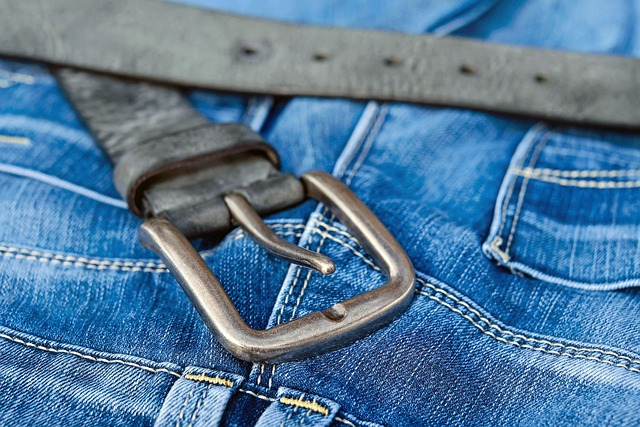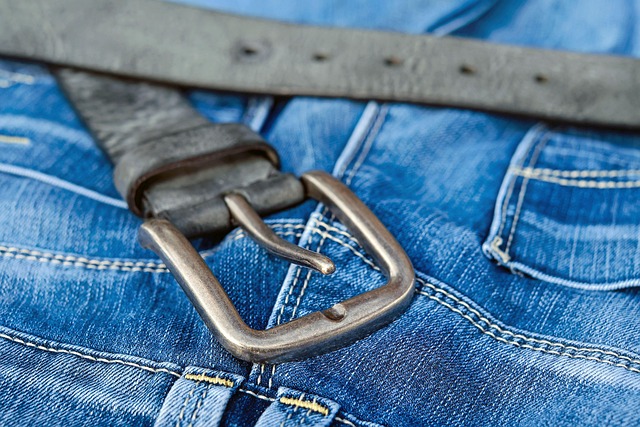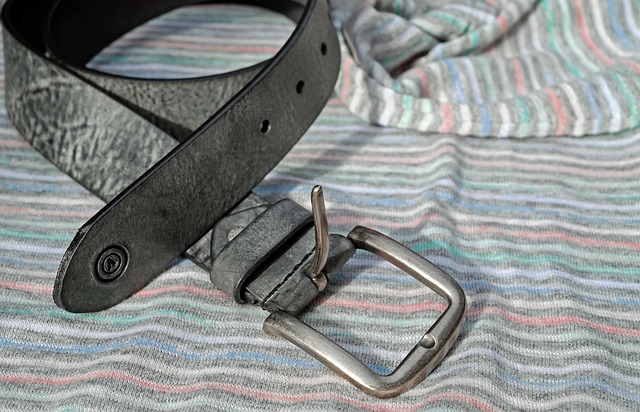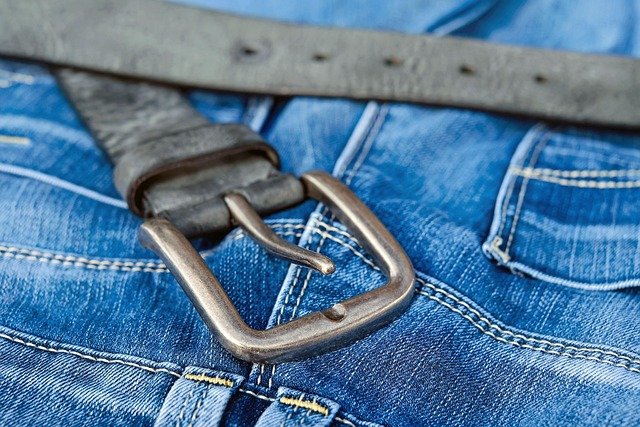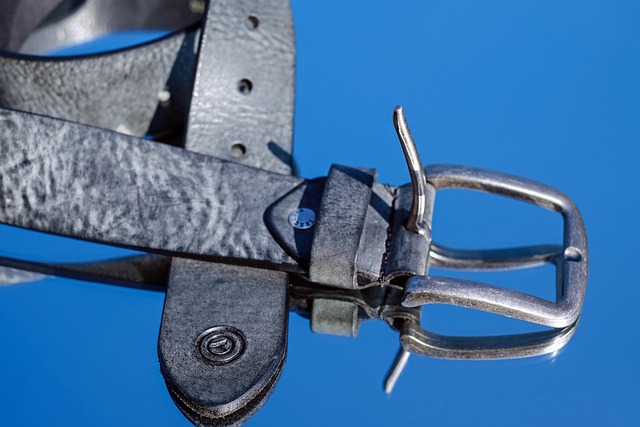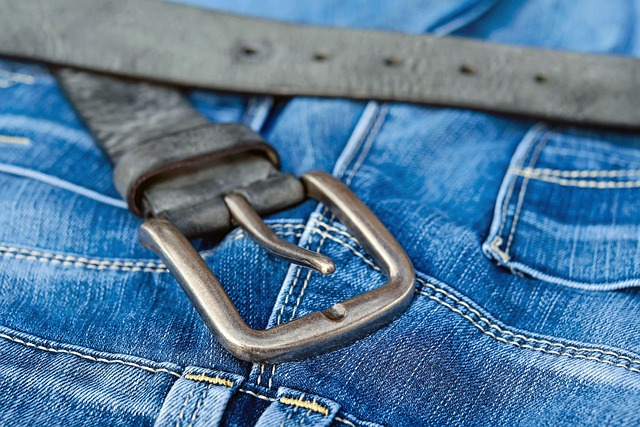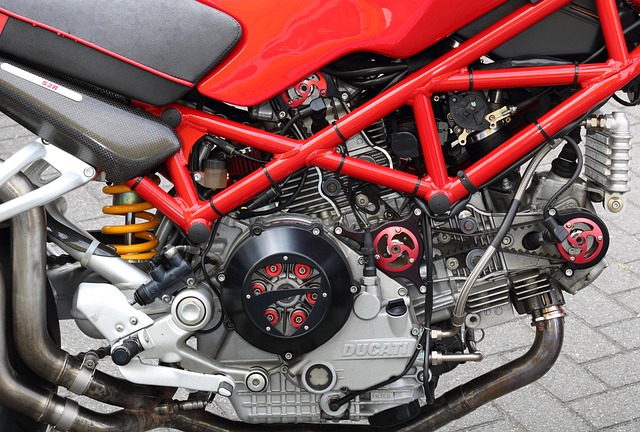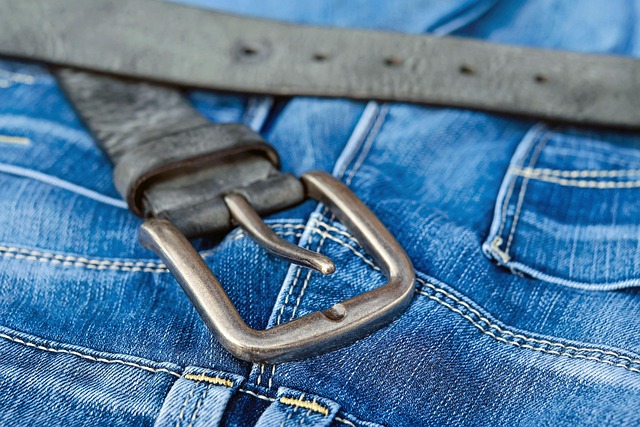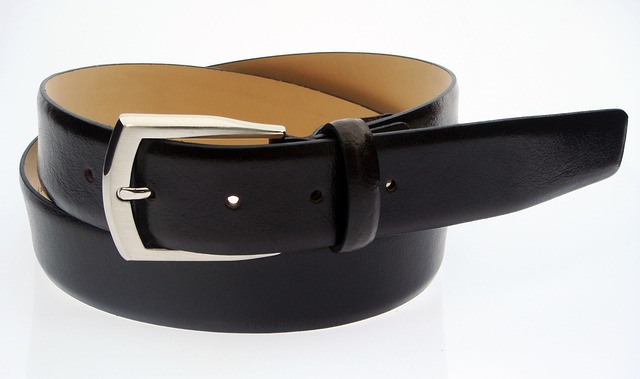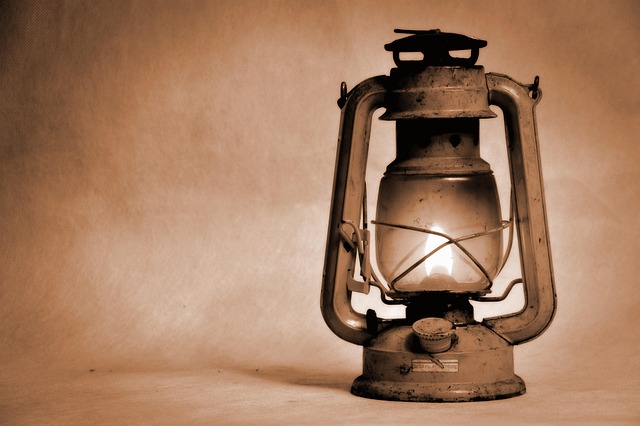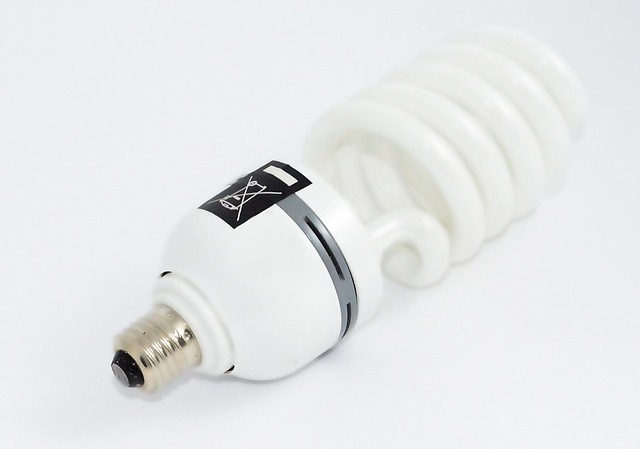The timing belt, crucial for engine synchronization, requires regular attention to prevent costly failures. Look for signs of wear and consider proactive maintenance. Balancing quality and cost is key in replacement decisions. Consulting a specialist for Select Timing Belt Replacement ensures optimal fitment and engine health. Regular inspections extend the lifespan and save from unexpected breakdowns.
“Avoid costly repairs with our comprehensive guide on selecting the right timing belt replacement. Understanding your vehicle’s timing belt, its wear and tear patterns, and knowing when to replace it are crucial steps in preventing expensive engine damage. We’ll explore signs of failure, preventive measures, quality considerations, DIY vs professional options, and regular maintenance strategies. By following these tips, you can extend the life of your timing belt, save on repairs, and ensure smoother rides ahead.”
- Understanding Your Vehicle's Timing Belt: Wear and Tear
- When to Replace: Signs of Failure and Preventive Measures
- Choosing the Right Replacement: Quality vs Cost
- DIY or Professional: Skills and Safety Considerations
- Regular Maintenance: Longevity and Cost Savings Strategies
Understanding Your Vehicle's Timing Belt: Wear and Tear
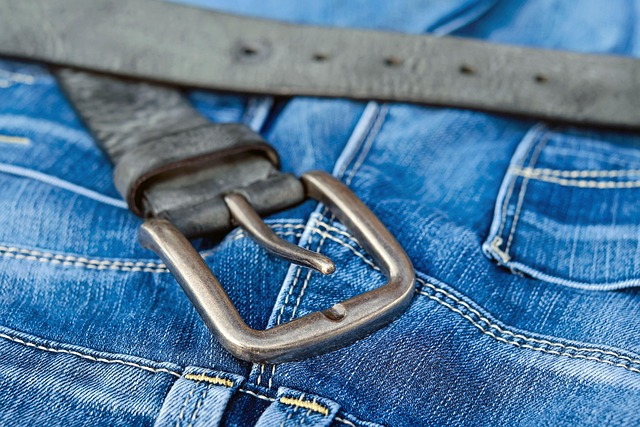
The timing belt is a vital component in your vehicle’s engine, responsible for synchronizing the rotation of the crankshaft and camshaft. Regular checks and understanding its wear patterns can help prevent costly repairs. Over time, this belt wears out due to friction, temperature fluctuations, and mechanical stress, leading to potential failure if not replaced promptly. It’s essential to know the signs of wear and tear, such as unusual noises, irregular engine performance, or a broken belt, which may indicate the need for parts needed for timing belt replacement.
Choosing the right time for timing belt service is crucial. Many vehicle manufacturers recommend replacing it at specific intervals, typically between 60,000 to 100,000 miles. However, with regular maintenance and timely checks, you can extend its lifespan. Consider consulting a timing belt specialist near me to ensure you get the best advice for your vehicle’s needs. Opting for a cheap timing belt replacement from a trusted source might be more cost-effective than waiting for a catastrophic failure, ensuring your engine remains in top condition.
When to Replace: Signs of Failure and Preventive Measures

Knowing when to replace your timing belt is crucial to avoid costly repairs. The timing belt, responsible for synchronizing your engine’s crankshaft and camshaft, shows signs of wear over time. Look out for cracks, stretches, or missing teeth on the belt. If you notice these issues, it’s a clear indicator that replacement is necessary. Regular maintenance, including timely oil changes and checking belt tension, can significantly extend its lifespan.
When considering your options, compare timing belt vs chain belt replacement tools to find long-lasting timing belt solutions. While DIY emergency timing belt service might be tempting, replace timing belt yourself only if you’re confident in your abilities. In many cases, consulting a professional mechanic is advisable to ensure proper installation and prevent future issues.
Choosing the Right Replacement: Quality vs Cost

When considering a timing belt replacement, one of the critical decisions is balancing quality and cost. While opting for the cheapest option might seem appealing, it could lead to costly repairs down the line. A subpar replacement may not function optimally, causing potential damage to other engine components or resulting in premature failure. Therefore, it’s essential to invest in a high-quality timing belt from a reputable manufacturer.
Choosing a reliable brand and ensuring proper fitment are crucial steps. Consulting with a professional timing belt specialist near you can provide valuable insights. They can guide you through the options, suggesting the best replacement based on your vehicle’s make and model. Moreover, understanding the symptoms of a bad timing belt, such as unusual engine noises or reduced performance, can help in making an informed decision at the right time, avoiding unexpected repairs and associated costs.
DIY or Professional: Skills and Safety Considerations

When it comes to maintaining your vehicle and avoiding costly repairs, knowing when to tackle tasks yourself or when to enlist professional help is crucial. For many car owners, performing basic DIY maintenance can be a cost-effective way to keep their vehicles in top shape. The Select Timing Belt Replacement is a task that falls into this category – it’s a job many automotive enthusiasts feel confident tackling on their own. This DIY timing belt change involves specific skills and knowledge of your vehicle’s inner workings, ensuring proper alignment and replacement to prevent serious engine damage.
However, safety should always be the top priority when dealing with car repairs. While some folks may have the necessary skills for a DIY timing belt change, others might find it more beneficial to consult a trusted mechanic. Professional technicians are trained to handle complex tasks like this, using specialized tools and equipment. They can also provide long-lasting timing belt solutions, ensuring your vehicle’s longevity and peace of mind on the road. Remember, the wrong installation could lead to severe engine damage or even a complete breakdown. Therefore, assessing your skills level and considering the implications of making mistakes is essential before tackling major repairs like this.
Regular Maintenance: Longevity and Cost Savings Strategies

Regular maintenance is a key strategy to avoid costly repairs and prolong the life of your vehicle. One of the most important maintenance tasks is the timely replacement of the timing belt. This vital component synchronizes the engine’s crankshaft with its camshaft, ensuring smooth operation. By regularly checking and replacing it as recommended by manufacturers (typically every 60,000 to 100,000 miles), you can prevent serious damage that may arise from a failed timing belt.
A proper maintenance schedule includes not only the select timing belt replacement but also other related components such as the alternator and synchronous belts. Regular inspection of these parts can help identify any wear or damage early on, allowing for cost-effective repairs before they turn into major issues. Moreover, keeping up with maintenance tasks like these can save you from unexpected breakdowns and expensive emergency repairs.
By understanding your vehicle’s timing belt, recognizing signs of failure early on, and adopting regular maintenance practices, you can significantly avoid costly repairs. When it comes to replacement, choosing the right part and whether to do it DIY or seek professional help are crucial decisions that impact both quality and cost. Remember, a timely and correct Select Timing Belt Replacement is key to ensuring your vehicle’s longevity and preventing unexpected breakdowns.


